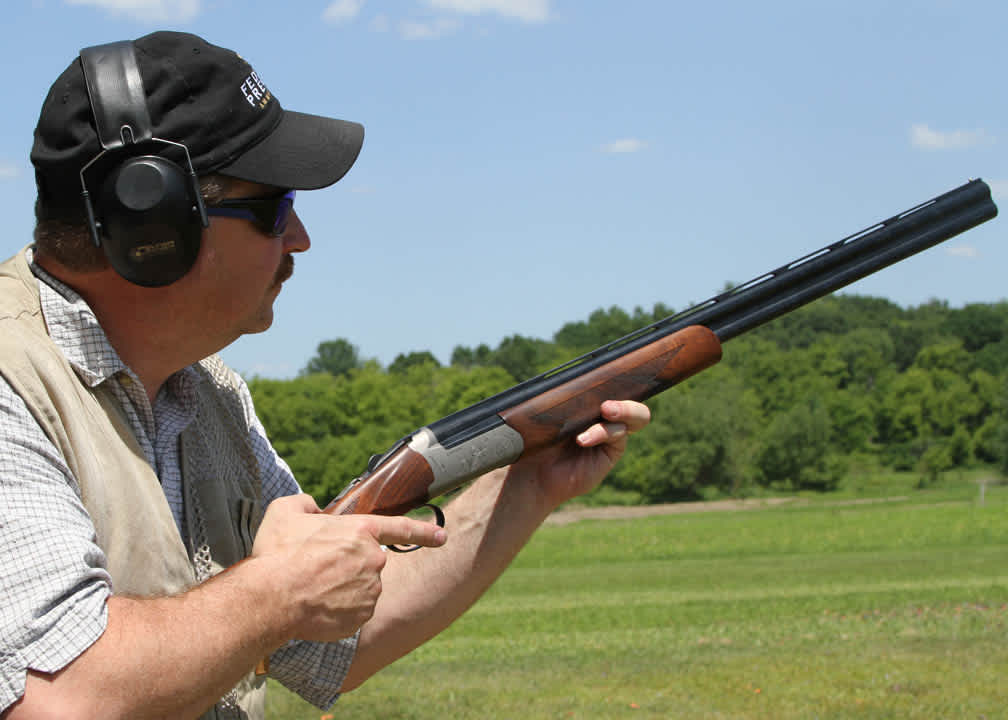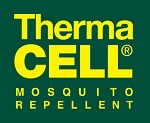The Center of Every Target is Exactly the Same Size
Bill Miller 11.03.14

Though our first meeting was more than 15 years ago, I remember three events of the first day I spent with Texan Leon Measures like it was yesterday. First, I saw his young shooting students (we are talking ages six to 10) hit hand-tossed dimes, then aspirin, then individual BBs in the air with a sightless Daisy BB gun!
Next when I questioned how this was even possible, he did a demonstration for me. He gave me the BB gun and tossed an empty coffee can a few feet up in the air for me to shoot. I hit it, and he took the gun and told me to go pick up the can. Then, I brought it to him. He took out a red marker and put a dot in the tiny dent the BB made in the bottom of the can. Then he took out a BB and placed it in the dent, and asked me, “What do you see?”
 Since I was a total newbie to Leon’s “Shoot Where You Look” training and philosophy, I didn’t know what to say.
Since I was a total newbie to Leon’s “Shoot Where You Look” training and philosophy, I didn’t know what to say.
Leon recognized my confusion and said, “Look. The center of every target is exactly the same size. Since that’s the case, why shouldn’t you be able to hit a BB with another BB?” It made total sense—and it still does.
The third memory of that first day with Leon was that with just a few hours of instruction and drills, he had me hitting 100 percent on hand-tossed dimes with the BB gun. I regularly hit aspirin, too, but BBs eluded me—I blame it on 30-something-year-old eyesight and reflexes—and lots of self-induced mental barriers six-, eight-, and 10-year olds don’t deal with! But I have never been able to explain why Leon could do it, and still can.
Today, Leon and his wife, Frillie, are 80 and still going strong. The book Shoot Where You Look, the core of their training program, is in its tenth printing. I just downloaded an eBook version from Amazon.
Nobody, including Leon, will contend this book is a great work of twentieth-century literature, but between its covers are the thoughts, ideas, instruction, and drills you need to start your way to becoming a great shotgunner for hunting, competition, or even tactical purposes. Shoot Where You Look is both a physical and mental training program, perhaps even spiritual.
 The BB gun training in Shoot Where You Look was all based on the availability of an accurate, spring-powered BB gun with the sights removed that developed no more than 350 fps velocity. Sadly, such a gun is not available on the market today, but Leon has converted the teaching drills to be executed with an empty shotgun. In a way, this is a bit of a shortcut because it skips the step of having to translate the learned skills from one gun to another.
The BB gun training in Shoot Where You Look was all based on the availability of an accurate, spring-powered BB gun with the sights removed that developed no more than 350 fps velocity. Sadly, such a gun is not available on the market today, but Leon has converted the teaching drills to be executed with an empty shotgun. In a way, this is a bit of a shortcut because it skips the step of having to translate the learned skills from one gun to another.
In addition to the book, there’s a Shoot Where You Look training DVD as well as phone consultation to guide you through the program. Leon still gets out there and coaches in person, too, both at his home range in Livingston, Texas and wherever shooters need him. Information is available at the Shoot Where You Look website. New to the list of offerings are dove hunts in Argentina on which Leon is there with you, side-by-side in the field for instruction during three full days of high-volume shooting.
If you want to be a better wingshooter—no matter how good you already are—sometimes you must go back to the basics like “the center of every target is exactly the same size.” Shoot Where You Look will take you back.
 Tip of the Week
Tip of the Week
Never let mosquitos or other flying insects be your “excuse” for not going to the range and practicing. Make a ThermaCELL and a couple of spare refill packs permanent residents of your range bag. Better yet, talk to the shooting range manager and tell them they should get ThermaCELL lanterns or torches as warm weather fixtures for each shooting station.
These insights brought to you by Federal Premium Ammunition, ThermaCELL, Camp Chef, and the Quebec Outfitters Federation.



